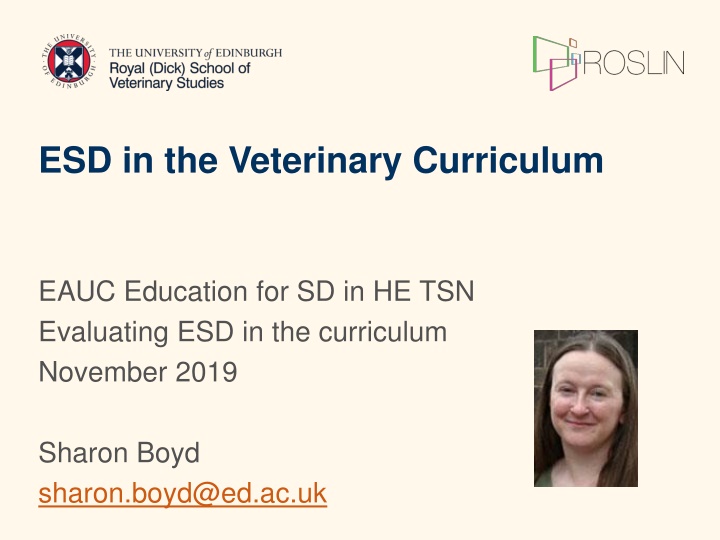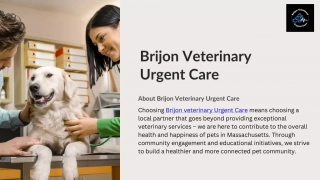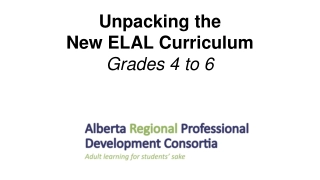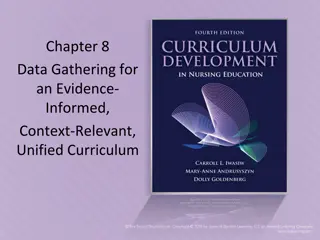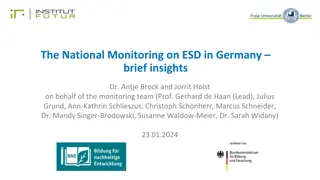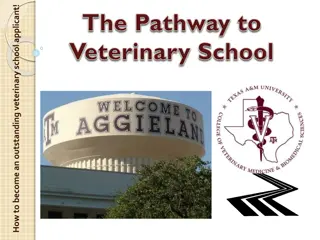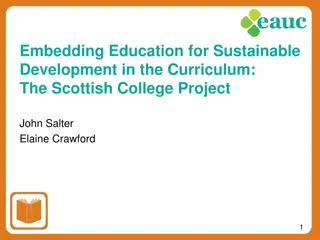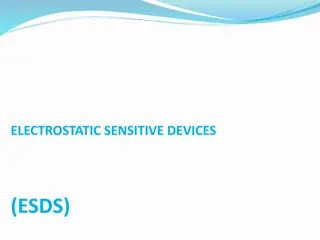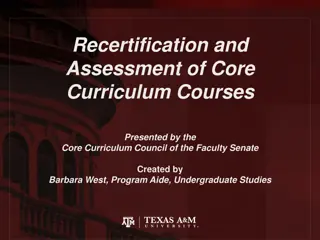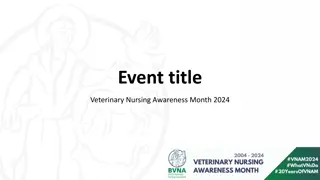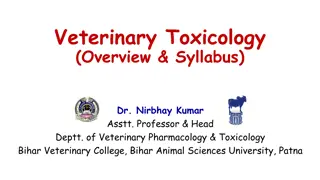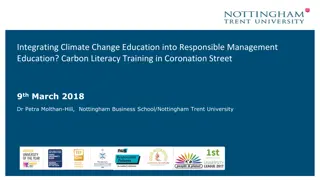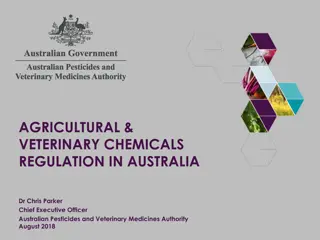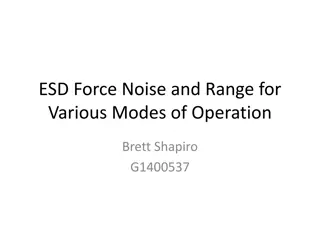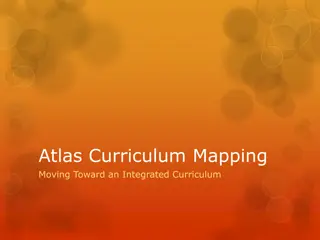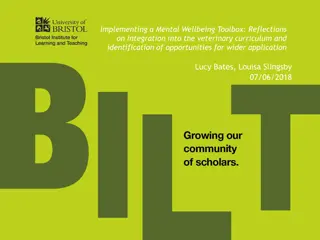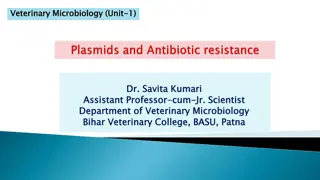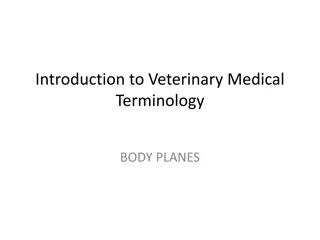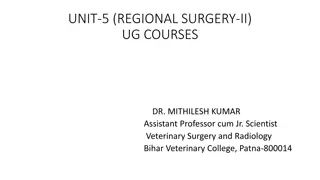ESD in the Veterinary Curriculum
In the field of veterinary education, the focus is on understanding the ethical and legal responsibilities of veterinary surgeons towards patients, clients, society, and the environment. Through incorporating themes of Social Responsibility and Sustainability (SRS) into the curriculum, students can explore areas such as ecosystem health, employment rights, and environmental ethics. Emphasizing community engagement and interdisciplinary approaches, the curriculum aims to prepare future veterinarians to make informed decisions that positively impact both individual animals and broader societal systems.
Download Presentation

Please find below an Image/Link to download the presentation.
The content on the website is provided AS IS for your information and personal use only. It may not be sold, licensed, or shared on other websites without obtaining consent from the author.If you encounter any issues during the download, it is possible that the publisher has removed the file from their server.
You are allowed to download the files provided on this website for personal or commercial use, subject to the condition that they are used lawfully. All files are the property of their respective owners.
The content on the website is provided AS IS for your information and personal use only. It may not be sold, licensed, or shared on other websites without obtaining consent from the author.
E N D
Presentation Transcript
ESD in the Veterinary Curriculum EAUC Education for SD in HE TSN Evaluating ESD in the curriculum November 2019 Sharon Boyd sharon.boyd@ed.ac.uk
RCVS Day One Competencies 2 Understand the ethical and legal responsibilities of the veterinary surgeon in relation to patients, clients, society and the environment. To abide by the principles in the Code of Professional Conduct, veterinary surgeons must be able to think through the dilemmas they face when presented with conflicting priorities and be prepared to justify the decisions they make. As well as decisions relating to individual patients, animal groups, populations of animals and clients, veterinary surgeons must take account of the possible impact of their actions beyond the immediate workplace, e.g., on public health, the environment and society more generally.
Campus Campus (e.g. green buildings, planting for biodiversity, recycling, transport) Veg garden Biodiversity surveys and hedgehog friendly Wellbeing events (e.g. plant-a-plant) Climate awareness Plastic challenge Workshops with the UoE SRS Department
Social Responsibility and Sustainability (SRS) in Veterinary Medical Education Secondment to the Institute for Academic Development 2015-2017 Curriculum mapping exercise to determine those areas of the veterinary curriculum where SRS/ESD themes were present but not explicit, or where it could be included (HEA and QAA, 2014) Packed curriculum
Criteria (Bloemen 2013) cover one or more themes related to SRS/ESD (content) approach the themes from a discipline-specific, interdisciplinary or holistic perspective (approach) are taught using mostly student-centred and praxis oriented teaching and assessment methods (delivery and assessment) allow students to engage with local community projects or businesses (community engagement).
Themes Environment (includes ecosystem health, food and farming) Economy (including employment rights) Society (includes medicine, health and wellbeing) Crosscutting themes Sustainability Ethics Environmental ethics (relationship between humans, animals and the environment) Scholarly ethics (specific to the discipline) Futures scenarios Uncertainty and risk
Pedagogies Student-led learning Real-world case studies Problem-based learning Group work Debates Site and field visits Role-plays and simulations Stimulus activities (e.g. work with the ECA) Reflective accounts Personal development planning Futures visioning Worldview and values research Outdoor learning Work-based learning Guest speakers Self-assessment Peer-assessment Action research (possibly EMS) Multi-dimensional assessment (incl. social impact + academic)
ESD courses Explicit link Student Research Component (Foundation) Veterinary Public Health Animal Welfare Global Academy Student-selected projects and activities
ESD developments Curriculum review Student and staff sustainability think-tank Embedded cases sustainability core theme Sustainability Champions and Vet Sustain https://www.vetsustain.org/
Celebration! UoE Sustainability Awards Gold Green Gown (UK & Ireland) finalists 2017 and 2019
References Bloemen, O. 2013. Learning for change: Social Responsibility & Sustainability in Undergraduate Courses at the University of Edinburgh 2012-13. http://www.docs.hss.ed.ac.uk/iad/Learning_teaching/Aca demic_teaching/Resources/Sustainability/SRS_in_UG_C ourses_Full_Report.pdf HEA and QAA 2014. Education for sustainable development: guidance for UK higher education providers. http://www.qaa.ac.uk/en/Publications/Documents/Educati on-sustainable-development-Guidance-June-14.pdf
